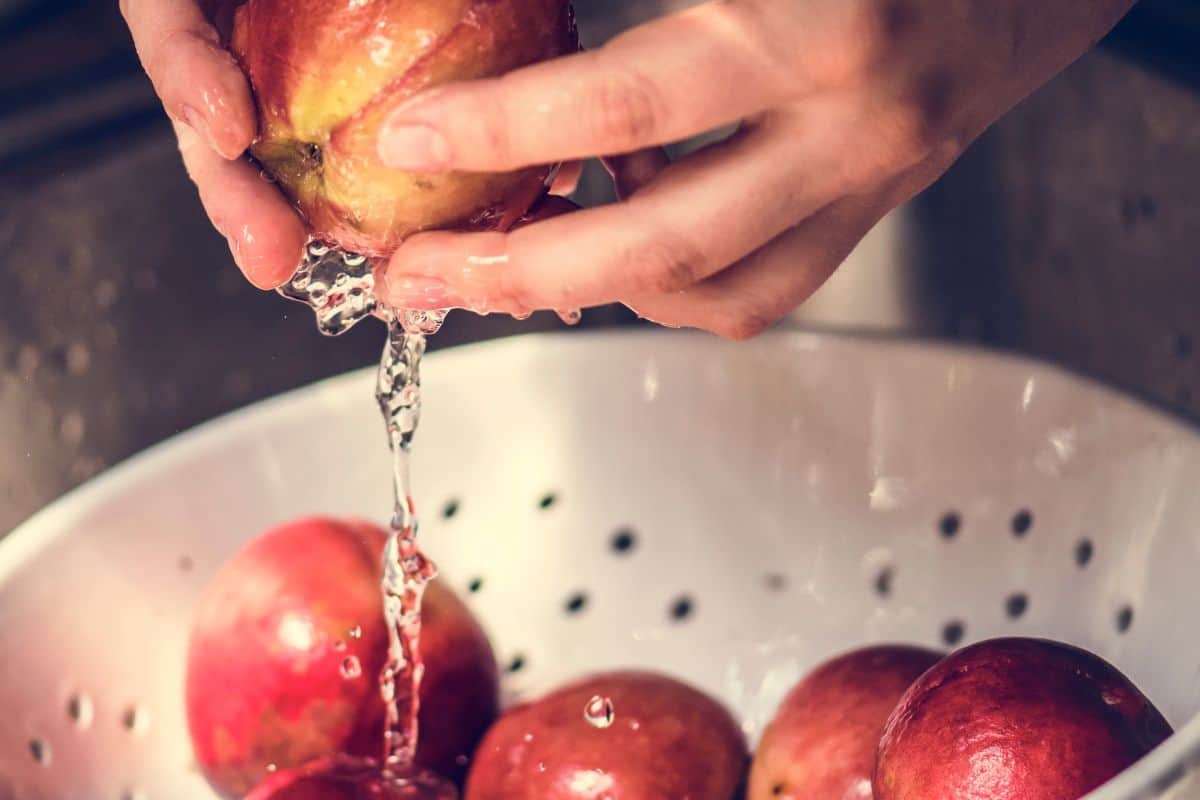From the better boy tomato to the key lime, hybrid plants have long fascinated gardeners and food lovers alike. Some hybrids emerge naturally, while others are intentionally created through cross-pollination.
But with new plant varieties constantly being discovered, it's hard to keep up with all the fascinating hybrids out there.
Have you heard of the peacotum? This unlikely cross between a peach, apricot, and plum is just one example of the many surprising and delightful hybrids that nature and science have to offer.
The Ultimate Stone Fruit Hybrid: Why Peacotums Are the New Must-Have Fruit

This hybrid combines three different fruits: peach, apricot, and plum. It was created by a company that specializes in creating novelty fruit hybridizations, Zaiger Genetics.
It's been called the first hybridization of three different stone fruits.
@farmerkenofficial Some of the hybrid stone fruit on the farm. These are not GMO & were all achieved through hand pollination. #fruit #peacotum #plumcot #pluerry #aprium #pluot #orchard #farmer #thefarmerken ♬ original sound - Ken
There are several different varieties of peacotum. The most commonly available for home gardens is the Bella Gold Peacotum. This particular variety is best grown in USDA hardiness zones 5 through 9.
You should plant your peacotum in areas that receive full sun. You should also aim to give this plant between 15 and 20 feet of space for planting.
Peacotum trees typically begin bearing fruit between two and three years after planting. While they are partially self-pollinating, they do yield a better harvest if pollinated by an apricot tree.
Once your trees are at a producing age, you can see blooms, usually beginning in March. Then, you'll see the ripening fruits beginning in June.
Peacotum Fruit
View this post on Instagram
While many hybrids look like regular plants, peacotum definitely looks like it is a mixture of fruits. Peacotum fruits are large with a slightly fuzzy look like an apricot. The skin is a bright yellow that is tinged with red.
Certain cultivars are redder than others. For instance, Bella Gold has more yellow skin, while Velvet Sunrise is much more red. Peacotums are also available in the Bella Cerise and Bella Royale varieties.
On the inside, peacotum is amber to deep red in color.
Check out this video to see how amazing this fruit looks!
Eating Peacotum
Your imagination is the limit when it comes to eating peacotum. You can eat them directly off the tree or can incorporate them into your cooking.
Chopped peacotum has been used as an ingredient in making muffins or pies. You can also include them in your cereal or oatmeal. You can also try making peacotum jam or use it in sauces.
Since it is a combination of three different fruits, peacotum has a very unique and exciting taste. The skin is slightly tart, much like a plum. However, the inside is deliciously sweet and juicy, like a peach.
Take a look at this video to see how they enjoyed the fruit!
@zbexx I squirted 🤭🤭 HAVE YOU DONE THIS?!?!? I HAD TO TRY IT AND SHARE #peacotum #fruittree #zbexx ♬ Sensual Seduction - Snoop Dogg
Its unique combination of fruits also means that you can substitute peacotum for peaches, plums, or apricots in a recipe. Just remember that you won't have the exact same taste.
As with most stone fruits, peacotum is best eaten when they're freshly ripe. However, if you need more time, they should keep at room temperature for a day or two.
You should store peacotum in the refrigerator after they've fully ripened. Then, try to eat or use them within the week.
Peacotum is a unique plant whose fruit has a very juicy and delicious flavor. You may be able to find these tasty treats in the store, but the easiest way to get them is to buy a peacotum plant! Remember to act quickly. These plants only sell a few months of the year!
Want to learn more about interesting plants? You don't want to miss this one— World Traveler Reveals This Unexpected Use Of The 'Awapuhi Plant
